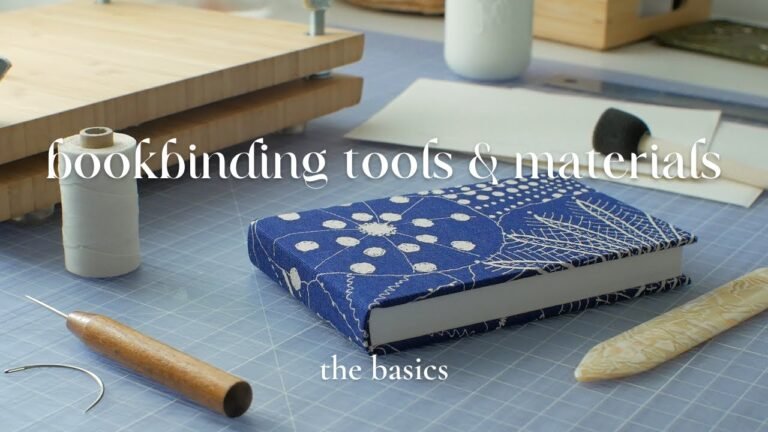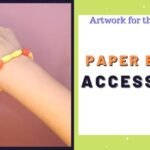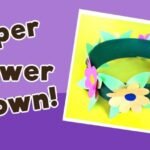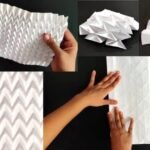
If you’re a bookbinding enthusiast looking to take your craft to the next level, having the right tools and materials is essential. From bone folders and awls to high-quality paper and thread, the world of bookbinding offers a wide array of supplies to help you create stunning, professional-looking books. In this article, we’ll explore the must-have bookbinding tools and materials that every bookbinder should have in their workshop. Whether you’re a seasoned pro or just starting out, this guide will help you navigate the world of bookbinding supplies and elevate your craft to new heights.
What are the materials used for bookbinding?
From paper and cardboard to glue, fabric, leather, and twine, the materials used for bookbinding are essential for preserving and protecting valuable books. In addition to these traditional materials, modern bookbinders also utilize metalware and embossing foils for decorative finishes, as well as innovative solutions for securely fastening and joining materials. With a range of materials available, bookbinding allows for both functionality and creativity in preserving literary works for generations to come.
What material is ideal for bookbinding?
For the best material for bookbinding, look no further than linen or cotton tape. Polyester tape may seem like a viable option, but its lack of strength makes it unsuitable for supporting the binding. When choosing between linen and cotton tape, consider the flexibility aspect – cotton tape offers higher flexibility, making the pasting process smoother and more efficient.
While both linen and cotton tape have their advantages, it is important to note that polyester tape should be avoided at all costs. Opting for either linen or cotton tape ensures a sturdy and reliable binding that will stand the test of time. Keep in mind that cotton tape’s flexibility can make the bookbinding process easier and more seamless, ultimately resulting in a beautifully bound book.
What is the best book binding technique?
The best book binding technique is a subjective choice that depends on the specific needs and preferences of the book creator. Some popular options include perfect binding for softcover books, case binding for hardcover books, and saddle stitching for booklets. Each technique offers its own unique benefits in terms of durability, appearance, and cost. Ultimately, the best book binding technique is the one that effectively meets the goals and requirements of the project while also appealing to the aesthetic and functional preferences of the creator and the intended audience.
Must-Have Supplies for Bookbinding
If you’re looking to get into bookbinding, there are a few must-have supplies that will make the process much easier. A good quality bone folder is essential for creasing and folding paper, while a sharp utility knife will help you trim edges with precision. A sturdy cutting mat will protect your work surface and prolong the life of your tools, and a selection of high-quality bookbinding thread in various colors will ensure your finished projects look professional. With these essential supplies in your arsenal, you’ll be well on your way to creating beautiful handmade books.
Building Your Bookbinding Toolkit
Embarking on the journey of bookbinding requires the right tools to bring your creations to life. From bone folders and thread to awls and cutting mats, building your bookbinding toolkit is essential for achieving professional and polished results. Investing in quality tools not only enhances the durability and aesthetic of your handmade books, but also ensures a smoother and more efficient workflow. Whether you’re a seasoned bookbinder or a beginner looking to dive into this craft, having a well-equipped toolkit is the key to unlocking your creativity and passion for bookbinding.
Top Materials for Crafting Beautiful Books
When it comes to crafting beautiful books, nothing quite compares to the elegance and durability of leather and high-quality paper. Leather bindings add a touch of sophistication and timeless appeal, while also providing protection and longevity to your treasured literary works. Pairing these luxurious covers with thick, archival paper ensures that your pages will withstand the test of time, allowing readers to fully immerse themselves in the beauty and craftsmanship of your creation. By selecting the top materials for your bookmaking endeavors, you can create a truly stunning and enduring piece of art that will captivate readers for generations to come.
In essence, understanding the essential bookbinding tools and materials is crucial for anyone looking to embark on a journey into the world of bookbinding. By investing in quality tools and selecting the right materials, one can elevate their craft and create beautifully bound books that will stand the test of time. With the right knowledge and resources at hand, the possibilities for creativity and innovation in bookbinding are endless.





